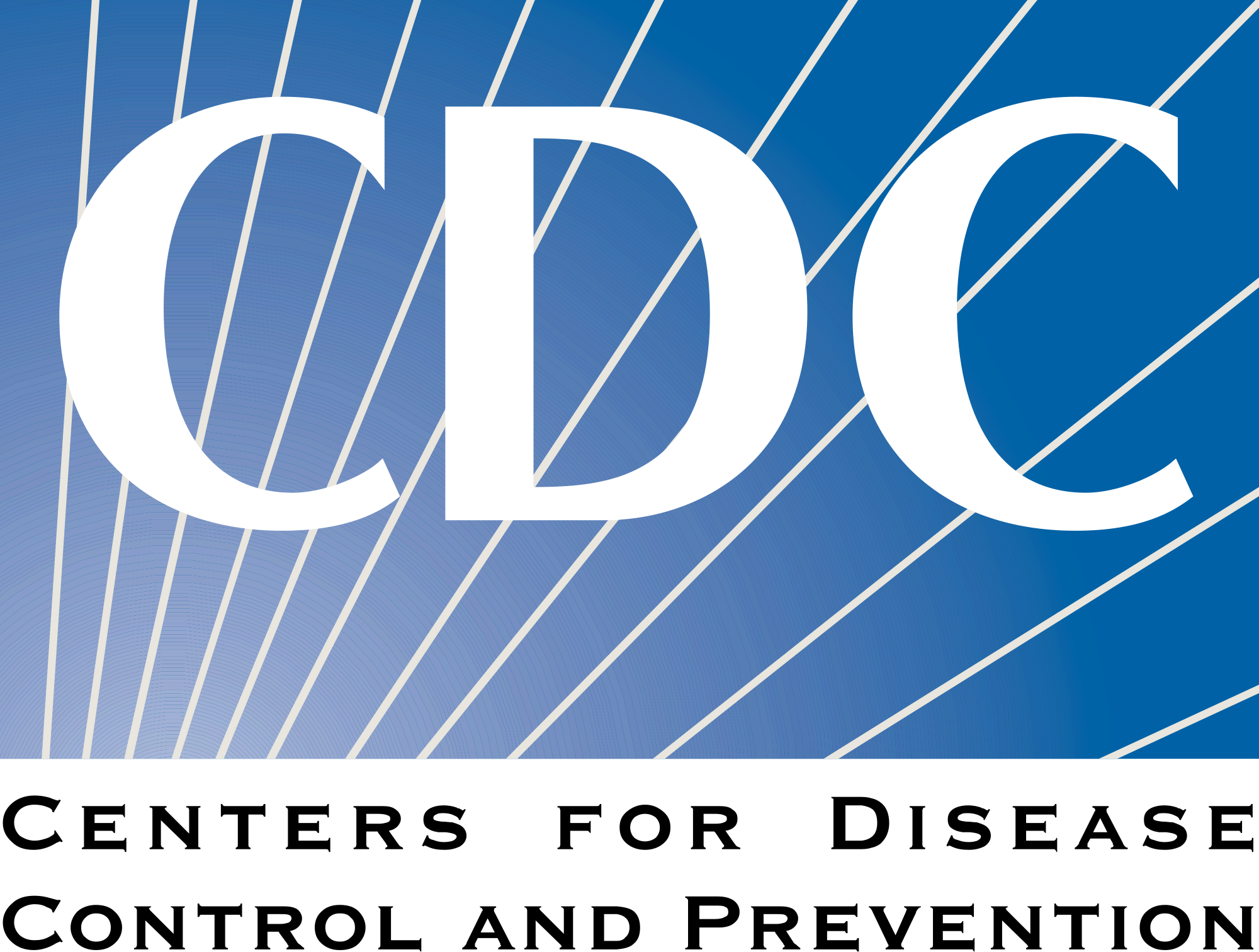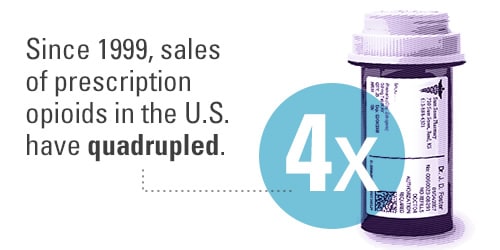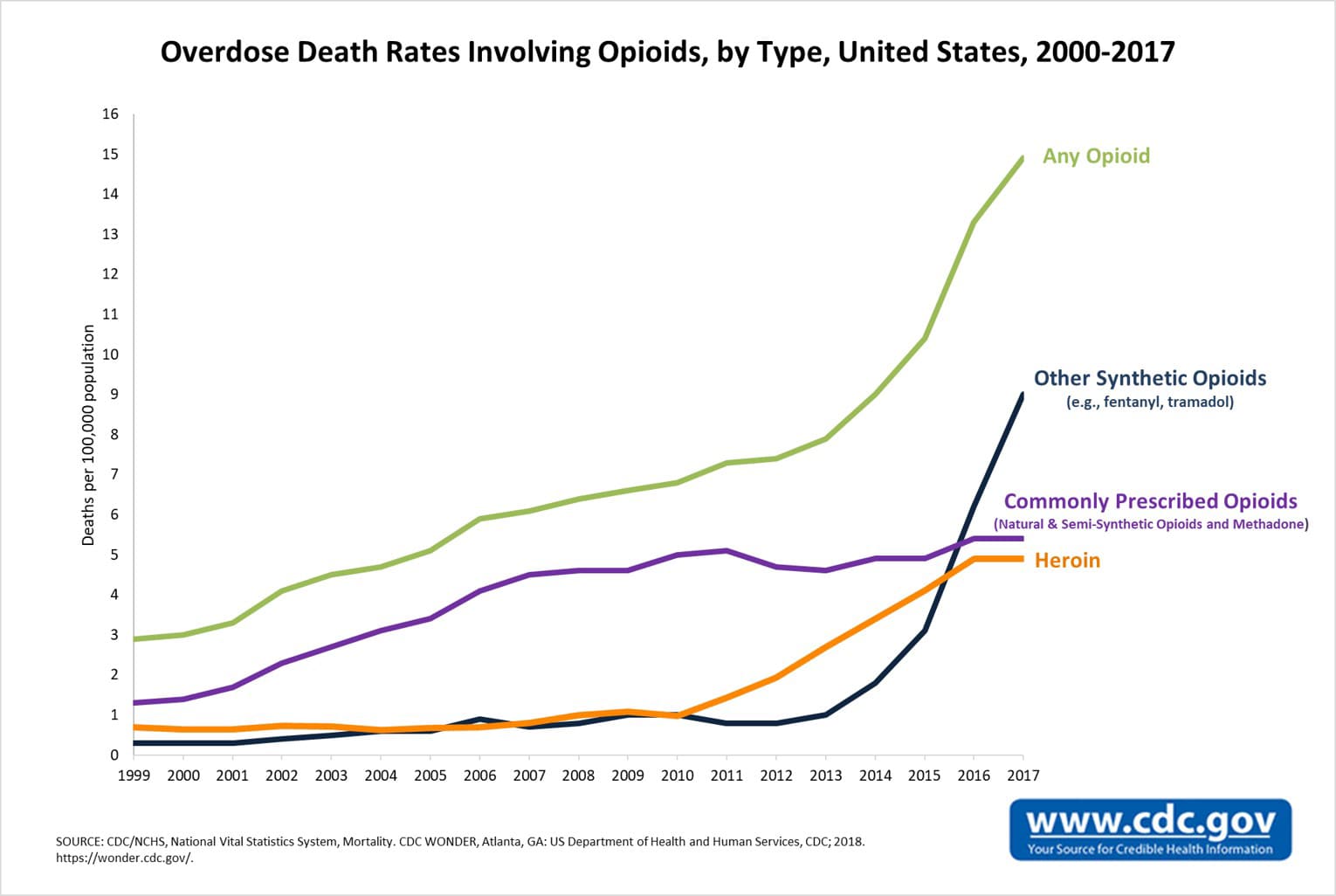New CD Rx Awareness Campaign Helps States Fight Prescription Opioid Epidemic

Rx Awareness: Sharing real stories about the devastation of opioid use disorder and overdose
Overdoses from opioids are on the rise and killing Americans of all races and ages. From 1999 to 2015, more than 183,000 people died in the U.S. from overdoses related to prescription opioids. Families and communities across the country are coping with the health, emotional, and economic effects of this epidemic. To address this public health crisis, the Centers for Disease Control and Prevention (CDC) launched the Rx Awareness communications campaign, its latest effort, in the fight against opioid overdose.
The Rx Awareness campaign tells the real stories of people whose lives were torn apart by opioid use and abuse. The campaign aims to increase awareness and knowledge among Americans about the risks of opioids and deter inappropriate use.
With the tagline, “It only takes a little to lose a lot,” the Rx Awareness campaign uses testimonials to educate the public, focusing on the dangers of prescription opioids whether used for medical or non-medical purposes.
The cornerstone of the campaign is a series of videos that feature individuals who are living in recovery from opioid use disorder, or who are family members who lost someone to a prescription opioid overdose. Other campaign materials include audio advertisements, social media advertisements, internet banners, web graphics, billboards, and posters all highlighting the importance of knowing the risks associated with prescription opioids in order to prevent overdoses.
Spread the Word
Everyone can help stop prescription opioid overdose. The success of the Rx Awareness campaign relies on individuals and on partnerships with state and local agencies and organizations across the country to share the messages and resources.
We need your support to spread the word! You can share and promote the Rx Awareness campaign on your social media channels, including Facebook, Instagram, and Twitter. Download shareable images and the Rx Awareness Social Media Kit from the Social Media web page.
- Take part in our #RxAwareness Thunderclap: Support the Rx Awareness Thunderclap to Help Prevent Prescription Opioid Overdose. Join today and share on your social media channels to help us gain more support: Rx Thunderclap Campaign
- Twitter: It only takes a little to lose a lot. Raise awareness about Rx opioids and prevent Rx opioid overdose. #RxAwareness www.cdc.gov/RxAwareness
- Facebook and Instagram: #RxAwareness starts with you. Tell others how prescription #opioids have affected you. Learn more at www.cdc.gov/RxAwareness.
Learn More About Rx Awareness
For more information about the campaign or for additional materials, visit the website CDC Rx Awareness.
CDC's Opioid "A to OD Prevention" & Webinar Series
Improving the way opioids are prescribed through clinical practice guidelines can ensure patients have access to safer, more effective chronic pain treatment while reducing the number of people who misuse, abuse, or overdose from these drugs.
CDC developed and published the CDC Guideline for Prescribing Opioids for Chronic Pain to provide recommendations for the prescribing of opioid pain medication for patients 18 and older in primary care settings. Recommendations focus on the use of opioids in treating chronic pain (pain lasting longer than 3 months or past the time of normal tissue healing) outside of active cancer treatment, palliative care, and end-of-life care.

What do you need to know?
Information and resources for patients
Overview of the guideline for providers
Fact sheets, clinical tools, and other materials related to the guideline
Clinical practices addressed in the guideline
- Determining when to initiate or continue opioids for chronic pain outside of active cancer treatment, palliative care, and end-of-life care.
- Opioid selection, dosage, duration, follow-up, and discontinuation.
- Assessing risk and addressing harms of opioid use.
CDC Public Seven-Part Webinar Series
Webinar #1 - Overview of the CDC Guideline for Prescribing Opioids for Chronic Pain (Addressing Recommendations 1-12)

Date: Wednesday, June 22, 2016
Time: 2:00 - 3:00 pm (Eastern Time)
Participate by Phone: 1-800-779-0686
Passcode: 3377346
Participate by Webinar: Click Here
Presentation Slides: View Now
Overview
The amount of opioids prescribed in the U.S. quadrupled from 1999-2014. Unfortunately, opioid-related overdose deaths have increased in parallel with prescribing increases, and the amount of pain that patients report remains unchanged. The CDC Guideline for Prescribing Opioids for Chronic Pain provides recommendations for safer and more effective prescribing of opioids for chronic pain in patients 18 and older in outpatient settings outside of active cancer treatment, palliative care, and end-of-life care. During this COCA Call, clinicians will hear an overview of the CDC recommendations and learn when and how opioids should be initiated for chronic pain, how to assess risk and address harms of opioid use, and when and how opioids should be discontinued.
For additional resources: Click Here
Opioid Data Analysis - Overdose Deaths, by Type of Opioid, United States, 2000-2016
CDC looks at four categories of opioids:
- Natural opioid analgesics, including morphine and codeine, and semi-synthetic opioid analgesics, including drugs such as oxycodone, hydrocodone, hydromorphone, and oxymorphone;
- Methadone, a synthetic opioid;
- Synthetic opioid analgesics other than methadone, including drugs such as tramadol and fentanyl; and
- Heroin, an illicit (illegally-made) opioid synthesized from morphine that can be a white or brown powder, or a black sticky substance.

New CDC Opioid Prescribing Modules
CDC released the final three modules in the Applying CDCs Guideline for Prescribing Opioids interactive online training series for health care providers. In these self-paced modules, you will learn about opioid considerations in pregnancy, patient-centered communication practices, and approaches to shared, opioid decision-making. Each module includes clinical scenarios, knowledge feedback prompts and a resource library to help enhance learning.
- Module 9: Opioid Use and Pregnancy
- Module 10: Motivational Interviewing
- Module 11: Collaborative Patient-Provider Relationship in Opioid Clinical Decision Making


